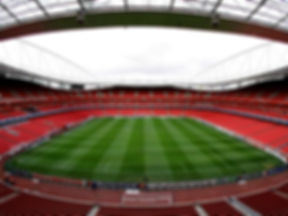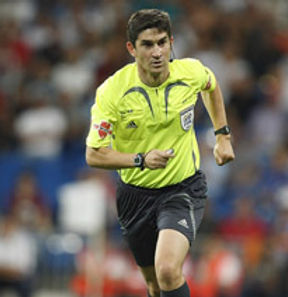
Referee Articles

The diagonal was created in 1891 because of the need for a structured approach to enable three officials to work together to maximize match control. Signaling of offside was also included as necessary because it was physically impossible for the referee alone to do it. From the late 1920’'s to the early 1930'’s the diagonal system really began to take shape.
By Jose Borda, Revista Arbitros
The Diagonal System of Control
Division of responsibilities
Over the years the diagonal system has developed so as to share
responsibility between the referee and assistant referees. First, assistant
referees should maintain a constant view of the ball in their half of the
field so as to see when it leaves the field of play and to signal fouls in
their half.
The referee monitors and penalizes players on the opposite side in order to split coverage of the field and to avoid encroaching on the other’s responsibilities.
How it is done
The referee should control the game from a position along a diagonal line running across the length of the field from the corner of each penalty following the play taking place between this area and the closest assistant. Not only must the ball be in their respective halves, but the game must remain in their field of vision.
The referee may cross the diagonal line when the ball is close to reaching an assistant so he can observe the penalty area clearly.
Line movements
The great benefit of the diagonal system is that when it is properly utilized there are always two pairs of eyes watching every move on the field from opposite sides. In so doing, the referee should be close enough to watch the play, but not interfere, and likewise the ball should always be on the right, which is considered the best for match officials.
The choice of the diagonal angle should always be based on the game and all field movement should revolve around this.
Benefits of practice
This modern refereeing system helps referees make better use of energy reserves so they can concentrate on managing the game. It enables them to see "what they should see", individual player confrontations off the ball, possible violations in areas where the game goes, players who commit fouls, while not losing touch with the game. Its continued use minimizes mistakes and uncertainty.




